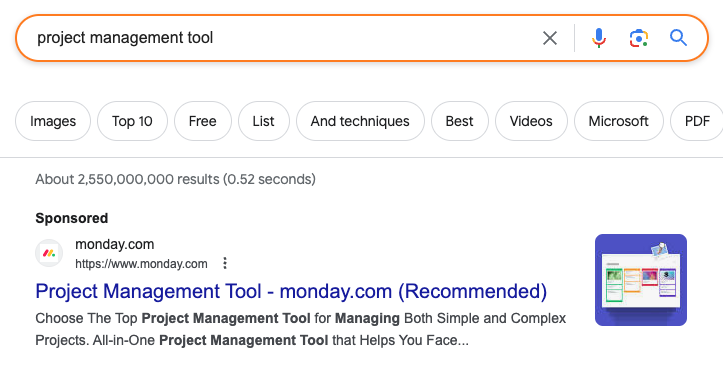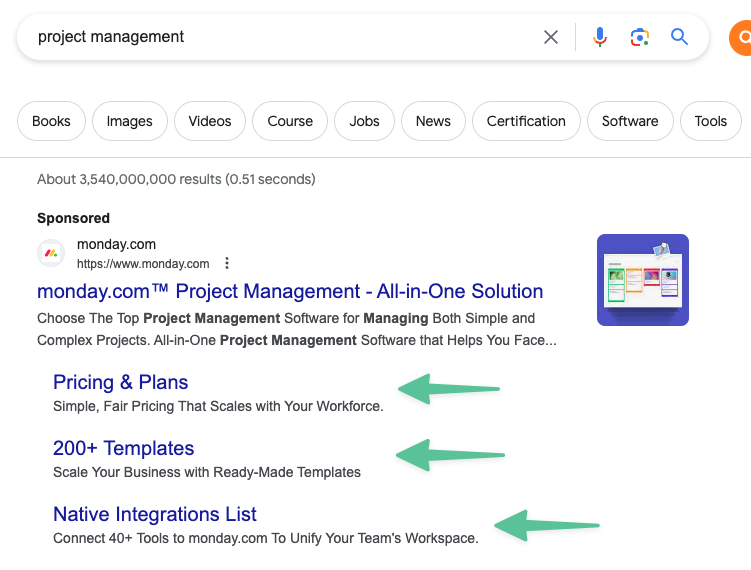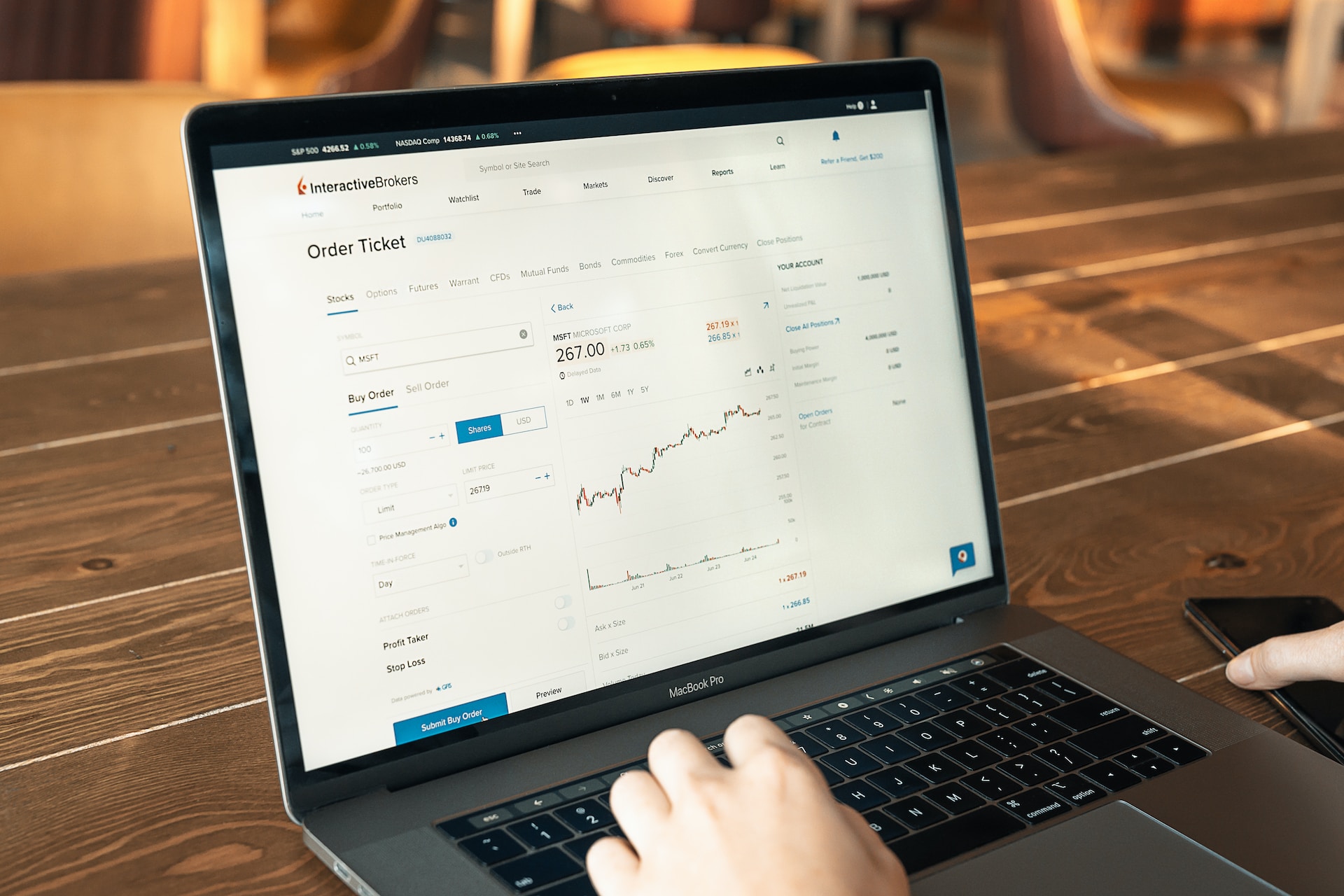
Understand the Anatomy of an SEM Ad
- Headline 1: Up to 30 characters, including spaces
- Headline 2: Up to 30 characters, including spaces
- Headline 3: Up to 30 characters, including spaces (optional)
- Display URL: Up to 15 characters for the domain and two optional "path" fields with 15 characters each
- Description 1: Up to 90 characters, including spaces
- Description 2: Up to 90 characters, including spaces (optional)

Identify Your Unique Selling Proposition (USP)
- What makes your product or service unique?
- What problem does your product or service solve?
- Why should your target audience choose your product or service over competitors?
3. Speak to Your Audience's Pain Points

4. Use Power Words and Action Verbs
- Exclusive
- Proven
- Guaranteed
- Innovative
- Effortless
- Discover
- Boost
- Transform
- Save
- Accelerate
5. Utilize Social Proof and Testimonials
6. Test, Analyze, and Optimize
7. Craft a Clear and Compelling Call-to-Action (CTA)
- Claim Your Free Trial Now
- Get Started Today
- Unlock Exclusive Savings
- Request a Demo
- Schedule a Consultation

8. Leverage Ad Extensions to Enhance Your Ad
- Sitelink Extensions: Add extra links to your ad that direct users to specific pages on your website
- Callout Extensions: Highlight unique selling points or features of your product or service
- Structured Snippet Extensions: Showcase a list of products, services, or features
- Call Extensions: Allow users to call your business directly from the ad
- Location Extensions: Display your business address and help users find your physical location

9. Keep Your Landing Page Experience Consistent
Related Courses
Persuading People: The PM's Edge in the Age of AI
Land your message with power and clarity, every time. Master the system I used to secure 9-digit budgets & close Fortune 50 deals at Google.
AEO Masterclass: AI Search Beyond SEO
This course is your playbook for AI Search—master answer engine optimization to keep your brand visible on ChatGPT, Google’s AI & beyond.
Communication Engineering
Think Like an Expert. Talk Like an Executive. Thrive in the AI Era.
Digital Advertising Masterclass - Nail Your Next Campaign
Designed for startups and growth stage companies. Learn the framework and strategies used by the world's most successful brands.
Backlink Building at Scale
I'll give you the processes and templates I use to build hundreds of backlinks per month. Seats are $250 per person.
Create Your Custom Go-to-Market Strategy Playbook - Based on Behavioral Science
In 4 weeks, find your winning market, craft website messages that generate calls, a persuasive sales pitch, and a proposal that seals deals.
You might also like

Retention Rate: Driving Sustainable Growth

How to Use Facebook Groups for Community, Networking and Growth

Twitter Ads for Business: How to Drive Growth and Boost Sales

